I have a question about clustering. When you're using k-nearest neighbour algorithm, you have to say, how many clusters you're expecting. My problem is now, that I have some runs, where the number of clusters varies. I checked, and there are some methods how you can restrict, how many clusters you have, but these algorithms work for a two-dimensional problem. In my case, I have three features. Do you have an idea, of what algorithms I can use for a three-dimensional problem? I would be pleased if someone could help me because I also did some research by myself and I could not find anything. :)
Here for example it should locate two clusters, the one single point and the data row as the second cluster:

Here for example the second example, here I'm expectation the algorithm can find automatically three clusters, the long line, the short line and the single point:

Thanks. :)

